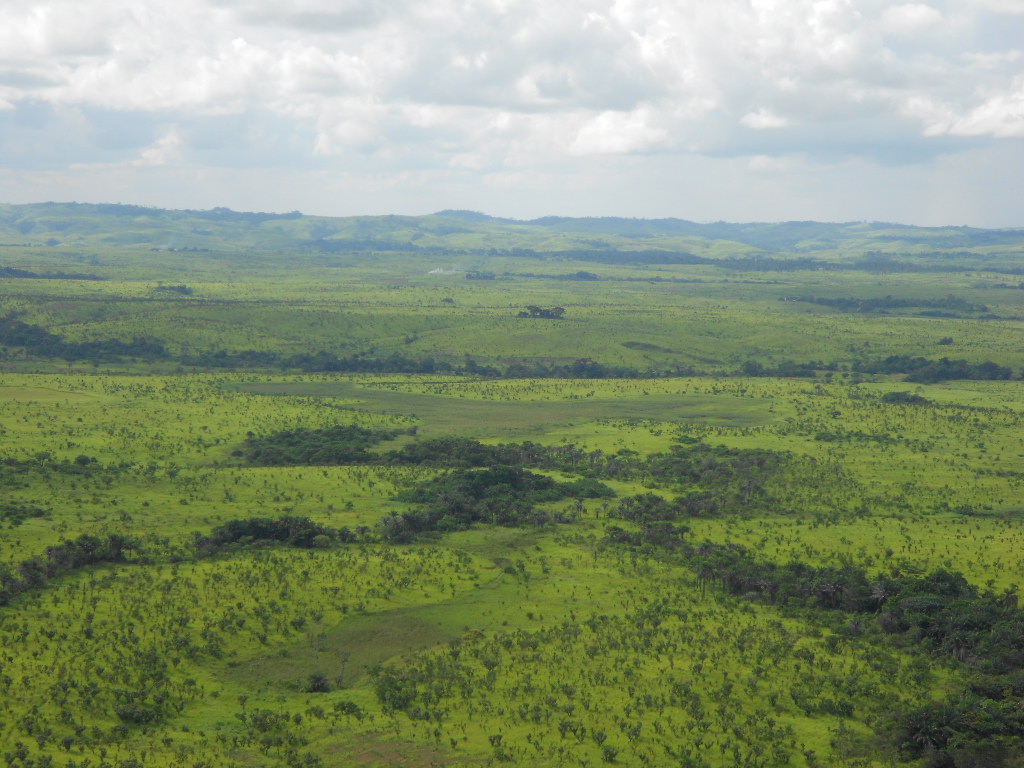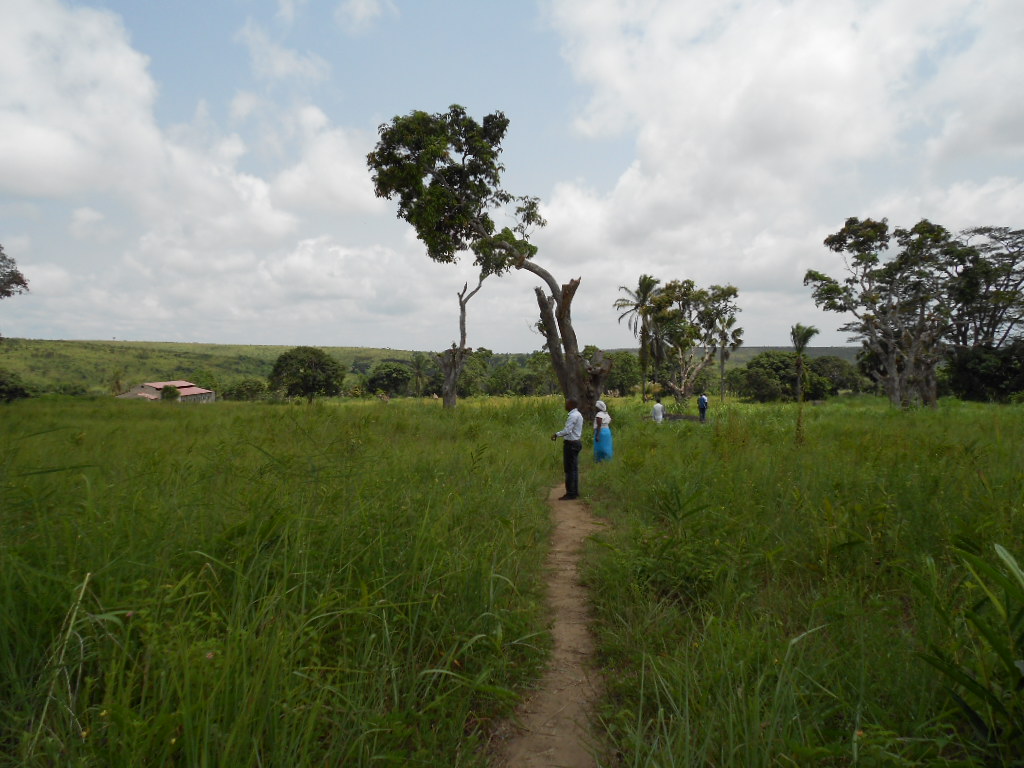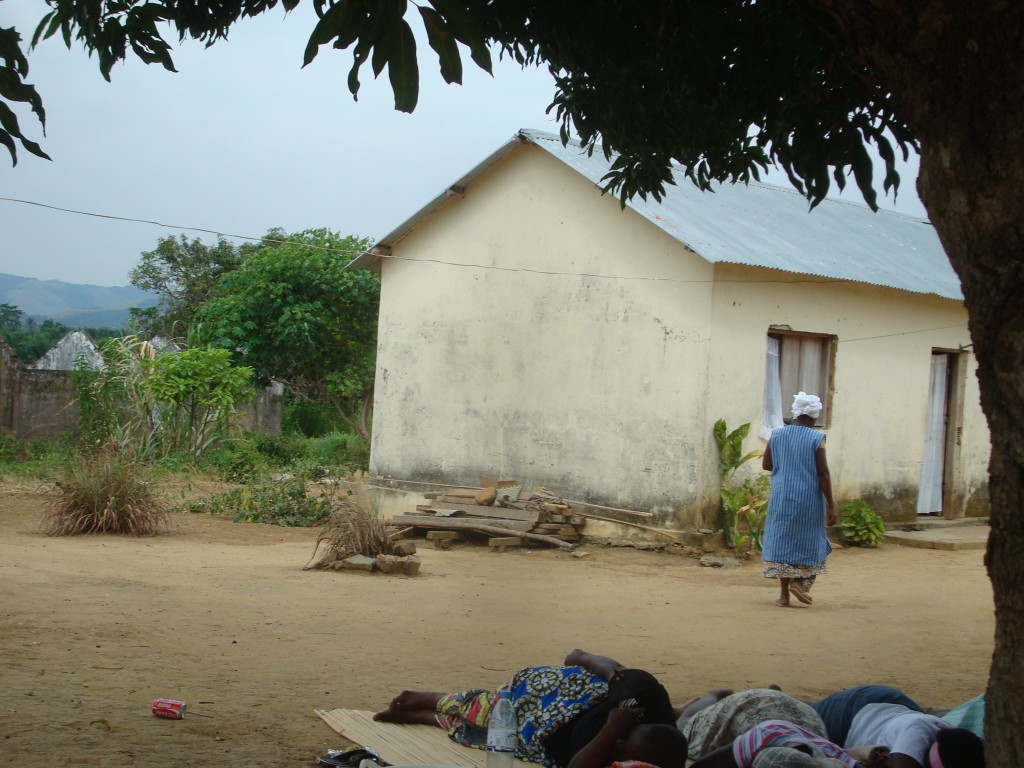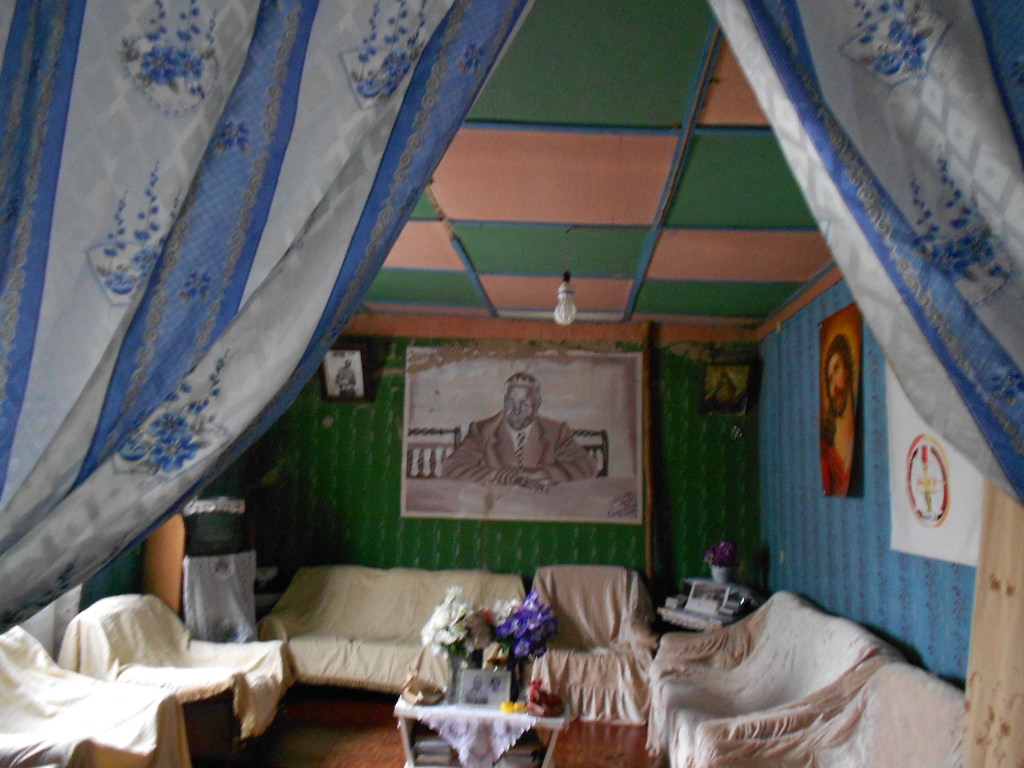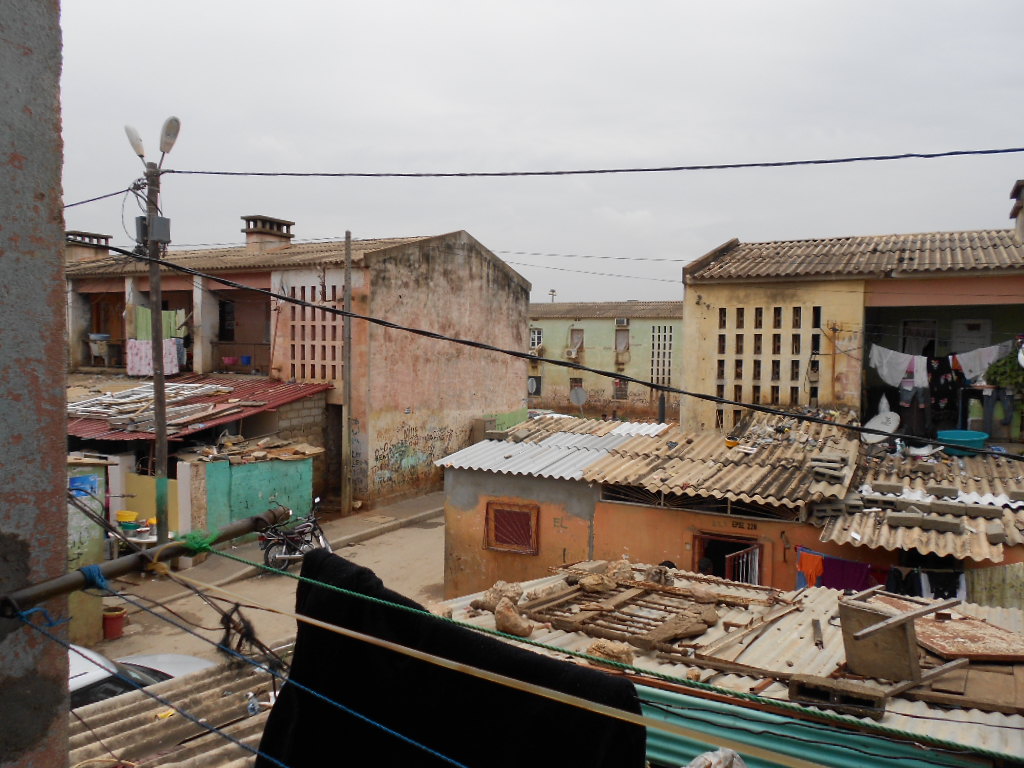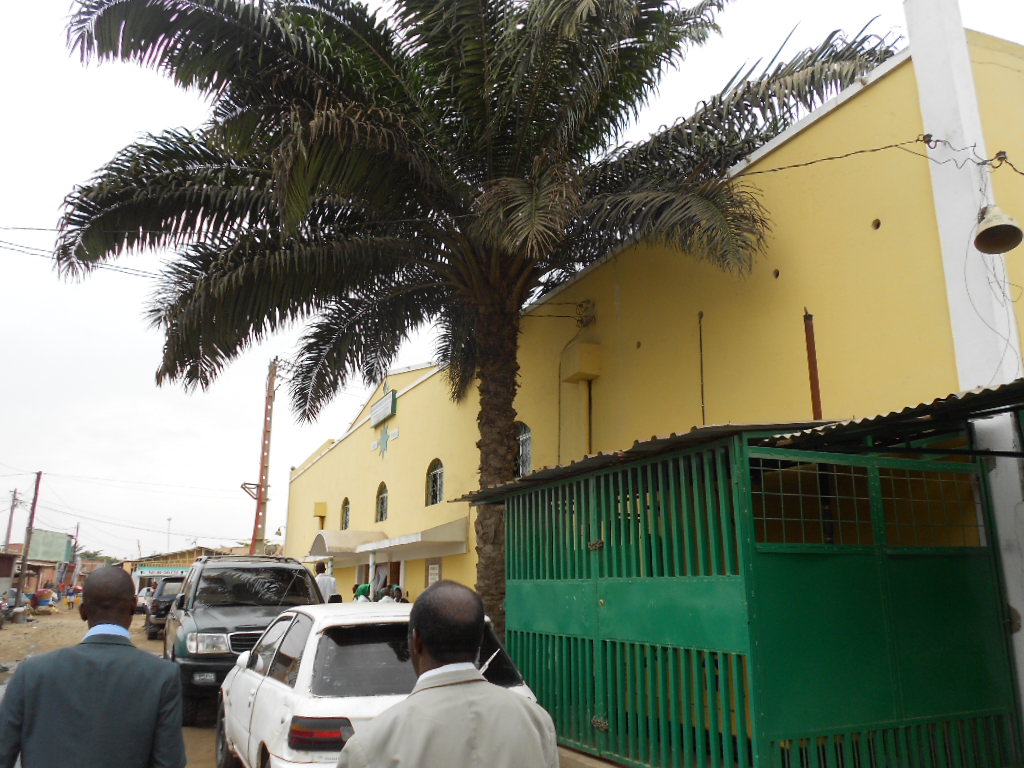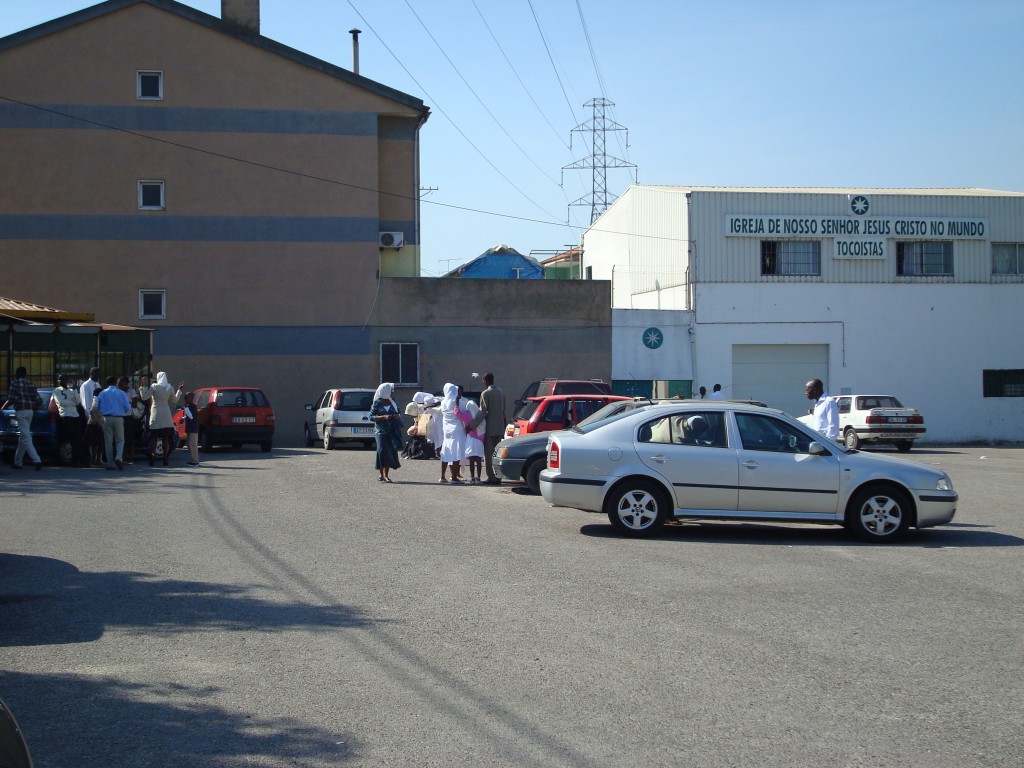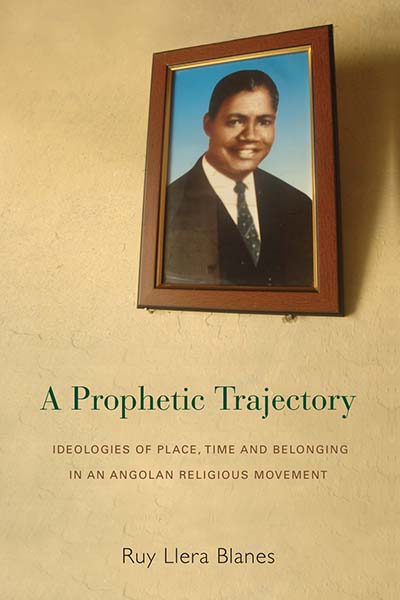 Ruy Blanes’ A Prophetic Trajectory follows the life of Simão Toko and the dissemination of the religious movement he founded. While conducting his research, the author worked in Angola, Portugal, and the United Kingdom, where he gathered facts and a collection of photographs — which are introduced and displayed below.
Ruy Blanes’ A Prophetic Trajectory follows the life of Simão Toko and the dissemination of the religious movement he founded. While conducting his research, the author worked in Angola, Portugal, and the United Kingdom, where he gathered facts and a collection of photographs — which are introduced and displayed below.
_______________________________
My recently published book, A Prophetic Trajectory, highlights the life and memory of an Angolan prophet, Simão Gonçalves Toko (1918-1984). In it, Toko’s biography appeared as a marker for several phenomena that are crucial for the understanding of Angolan and Southern African history and politics today: problems of memory, mobility, political leadership and social change. Having conducted ethnographic research with this church in multiple sites – from Luanda to Lisbon or Rotterdam, from the churches to tabernacles, archives and other unsuspected sites such as hotels, bars, beaches and rivers, I was able not only to document the leader’s life and deeds, but also to grasp the memories of those who met him, as well as those of their descendants, and ultimately the politics involved in the process of continuation of the movement after the prophet’s death.
From this perspective, this prophetic biography is also one of territoriality: following the footsteps of Simão Toko, we perceive the process of institutional expansion of the church, as well as its (tense) engagement within frontier logics, ethnic ascriptions and landscape heritagizations. Today, we can observe a history of growth, by which what began as a small group of dozens of expatriate Angolan Bakongo in Leopoldville (Belgian Congo), eventually transformed into a transnational venture with hundreds of thousands of followers spread throughout several continents and dozens of different countries. But we can also observe how such a history of expansion has surfaced problems of territoriality, representation and legitimacy.
The pictures below illustrate several steps in this prophetic trajectory. Most of them were taken during field trips with Tokoist friends from Luanda who are engaged in historical research and processes of heritagization of sites deemed important for the church.
In what is today a small valley with no vestige of human dwelling, used to lay the small village of Sadi-Zulumongo, where Simão Toko was born, in 1918. Photo taken in January 2013.
Not far from Zulumongo, and a few miles off the border with the Democratic Republic of Congo, we can find the valley and lagoon of Lunzamba. This valley is considered to be a sacred site for the local communities. Some believe that Toko’s birth is in some way connected to this site.
Between the 1900 and 1961, a Baptist Missionary Society station operated in a place called Kibokolo, in the Maquela do Zombo region, schooling thousands of local boys and girls before, being destroyed in the aftermath of the liberation wars that led to Angolan independence in 1974. Simão Toko was one such student. His outstanding performance at the mission granted him the possibility of continuing his education in Luanda in the 1930s. Later on, he would return to the missions and work as teacher, before deciding to migrate to Leopoldville, where the spiritual movement began. Today, the space is occupied by a IEBA (Evangelical Baptist Church of Angola), who is rebuilding the original mission church according to the same architectural plans.
After being expelled from the Belgian Congo, Toko and hundreds of his followers were handed over to the Portuguese colonial authorities and sent to forced labor camps, prisons and other settlements, in order to remain under vigilance on behalf of the local authorities. One such place was the Vale do Loge, where Toko and a group of approximately 100 of his followers were sent to build, plant and harvest a coffee plantation, acting as a semi-enslaved work force, under the aegis of the Portuguese technicians and police officers. The survivors of this period remember their sojourn in the Vale do Loge as one where, despite the exploitation, they were able to enjoy a relative autonomy and thus build the church. Several spiritual events took place there, before Toko (the same year of his arrival, in 1950) and the remaining group (11 years later) were forced to leave the valley.
Today, Vale do Loge remains a small village, enclosed in a beautiful valley with difficult access, several miles off the main road that connects Luanda and the city of Uíge. The coffee plantation has disappeared, but the palm trees are thriving and the land remains wealthy. Several Tokoists have returned to the site, interested in recovering the ruins of the old houses and developing new agricultural projects.
Presumably in 1950 (although some sectors of the church contest this date, placing the events in 1935), Simão Toko sojourned in the village of Catete, a few kilometers southeast of Luanda. There, he had a vision, which he identified as an encounter with God. The story of that encounter remained somewhat anonymous among the church members, until it was recently uncovered, and provoked a sudden interest in Catete. Today, the tree near which the events took place is covered by a monumental jango, an open air roofing structure. When I visited the village, in April 2011, the jango was still under construction, on behalf of a Chinese construction company.

In 1961-62, after the liberation war began in the northern regions of Angola, most local dwellers fled into the matas (woods) or to neighboring Congo. The Portuguese authorities sought to pacify the region, using local leaders as spokesmen, urging the local communities to return to their villages and continue their business as usual. One such spokesman was Simão Toko, who had been in a forced exile in the southern provinces of Angola. Toko agreed to such a task by negotiating the attribution of a plot of land where those who followed him could build a ‘Tokoist village’. The place chosen was Ntaia, a few miles off Sadi-Zulumongo. The village, which would then be known as Ntaia Nova, welcomed groups of local Tokoists as well as a group of former inhabitants of the Vale do Loge camp. During the first years of existence, this was a proud village, with a local organization and no external authority. Eventually, problems between the different groups emerged, and it began to decay. However, Ntaia is still seen today as a place of intense spirituality. Toko’s remains are buried in a discrete mausoleum in the village’s central square.
After his exile in southern Angola, Toko was again sent into a period of forced exile in 1963. The destination was the island of São Miguel, in the Azores archipelago in mid Atlantic. Toko would spend 11 years there, working as an assistant lighthouse keeper, educating his children and taking care of his sick wife. During this period, he developed a ‘remote leadership’, in which he exchanged thousands of letters with his followers in Luanda. Photo by Simão Vemba.
In 1974, after returning from his exile in the Azores in the eve of Angolan independence, Toko lived in the Bairro Indígena, a neighborhood built by the Portuguese authorities to house former Angolan expatriates, among which many Tokoists. In the first years of post-independence Angola, Toko and his followers experienced many difficulties, mainly due to the MPLA government’s anti-religious policy and Agostinho Neto’s particular suspicion regarding Toko. Between 1976 and 1978, Toko spent his life hiding in this neighborhood, in order to avoid the constant prisons he and his followers were object of. Today, the Bairro Indígena is usually referred to as the Congolenses, in reference to the majority of Bakongo living and selling in the surrounding streets. Its main street has a daily, open air market where, according to many, anything can be bought or sold. In the photo, taken from one of the houses inhabited by Toko’s followers, one can no longer discern the internal patio in which the dominical services used to take place.
On the other side of the Congolenses’ main street lies what was Simão Toko’s last official residence, where he would eventually pass away (on New Year’s Eve of 1983-4). Today, the residence is occupied by a specific group, known as the Twelve Elders (Doze Mais Velhos), who strive to keep the house as it was in the moment of his passing.

Nowadays, three decades after Simão Toko’s passing, the Tokoist Church remains an important movement, playing a highly active and visible role in Angolan society. However, it is struggling with several movements of internal dissent, erupted in the process of succession.
Today, the hegemonic version of Tokoism is known as the Direção Universal, led by Bishop Afonso Nunes, who claims to have been ‘personified’ by the spirit of Simão Toko. Thus, under a narrative of ‘biographical continuation’, this group has engaged in dramatic reforms that have transformed the movement into a multitudinous, modern one. Such reforms, however, have deepened the internal divisions, with several marginal groups engaging in several forms of contestation. In this process, the memory and legacy of Simão Toko have become object of dispute.
In the photo, the recently inaugurated (2012) Tokoist Cathedral, situated in the Golfe neighborhood.
One of the leaders of the movement of contestation is the Doze Mais Velhos, a group composed of survivors and descendants of the first group that began following Simão Toko in Leopoldville. Often accused of being literalists and conservatives, they see themselves as safe keepers of Toko’s true message.
Another group that contests the Bishop’s leadership is known as Direcção Mundial, who believe that Simão Toko is Jesus Christ. They exemplify how Toko’s image and memory is object of multiple and competing appropriations within the Tokoist movement.

In places like Lisbon, London or Rotterdam, we can find congregations of Tokoists, who continue to remember and celebrate the prophet’s life, deeds and wisdom. The emergence of a ‘Tokoist diaspora’ took place in the early 1990s, within the Angolan community of Lisbon. It was with this group in Portugal that I began my adventure with the Tokoists. Many of these believers have never even been to Angola, but continue to find Toko’s message significant.
All pictures by Ruy Blanes, except where noted.
________________________________________
Ruy Llera Blanes is an anthropologist and currently Postdoctoral Researcher at the University of Bergen, Norway, and Associate Researcher at the Institute of Social Sciences of the University of Lisbon, Portugal. He has published articles in several international journals, and co-edited Encounters of Body and Soul in Contemporary Religiosity (2011, Berghahn, with Anna Fedele) and The Social Life of Spirits (2013, Univ. Chicago Press, with Diana Espírito Santo). He is currently co-editor of the journal Advances in Research: Religion and Society, published by Berghahn.


